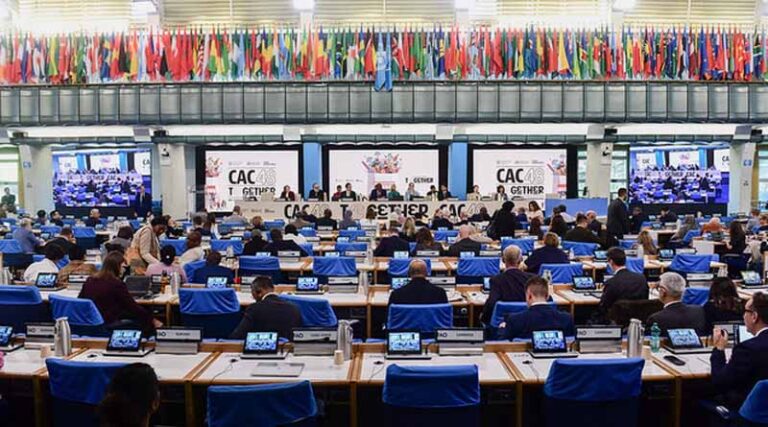
Codex Commission Sets New Lead Limits for Spices and Herbs to Protect Consumers and Ensure Fair Trade
14 November 2025, Rome: In a major decision with global implications for the spice industry, the FAO-WHO Codex Alimentarius Commission, at its 48th Session, has adopted new maximum levels (MLs) for lead in spices and dried culinary herbs. This marks a crucial step in enhancing consumer safety, improving quality oversight, and supporting transparent international spice trade.
New Lead Standards for Spices and Culinary Herbs
Recognising the severe health risks posed by lead — including reduced IQ in children, impaired renal function, hypertension, and reproductive disorders — the Codex Committee on Contaminants in Foods prioritised establishing global benchmarks.
The Commission has now formalised the following MLs:
- 2.5 mg/kg – Lead in spices, including dried bark such as cinnamon
- 2.0 mg/kg – Lead in dried culinary herbs
These limits will be incorporated into the General Standard for Contaminants and Toxins in Food and Feed (CXS 193-1995), guiding regulators, exporters, and processors in mitigating contamination risks while ensuring smoother trade across borders.
The decision is expected to significantly influence major spice-producing nations, particularly exporters of turmeric, chilli, coriander, cinnamon, and mixed herb blends.
Other Major Standards Adopted at Codex Session 48
New Pesticide Guidelines to Improve Residue Testing
The adoption of guidelines for monitoring the purity and stability of pesticide reference materials will allow laboratories to determine safe extended use of RMs beyond expiry, reducing costs and ensuring reliable pesticide residue testing.
Comprehensive GSFA Additive Updates
Over 500 food additive provisions in the GSFA (CXS 192-1995) were reviewed. Notable changes include revocation of bixin-based annatto extract use in fermented milks and the addition of norbixin-based annatto extracts for pasteurised canned fruits.
Revised Code of Practice for Reducing Aflatoxins in Peanuts
The updated Code of Practice (CXC 55-2004) introduces improved guidance on optimal peanut maturity stages, feed considerations, and the positive effect of roasting in lowering aflatoxin levels—significant for countries exporting groundnuts.
New Standard for Fresh Dates
After a decade of work, Codex adopted a global standard for fresh dates, outlining quality categories, size and uniformity parameters, contamination limits, hygiene practices, and packaging requirements.
Regional Standard for Castilla Lulo
A regional standard has been set for Castilla lulo (Naranjilla), a nutrient-rich Andean fruit. It specifies minimum quality requirements, tolerances for defects, mandatory labelling information, and hygiene measures for regional trade.
Also Read: Tropical Agro Launches New Insecticide Tag Fly Gold for Control of Sucking Pests and Borers
📢 If You’re in Agriculture, Make Sure the Right People Hear Your Story.
From product launches to strategic announcements, Global Agriculture offers unmatched visibility across international agri-business markets. Connect with us at pr@global-agriculture.com to explore editorial and advertising opportunities that reach the right audience, worldwide.






